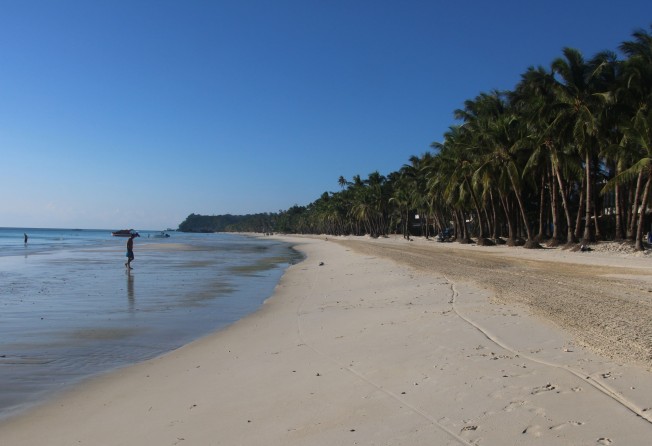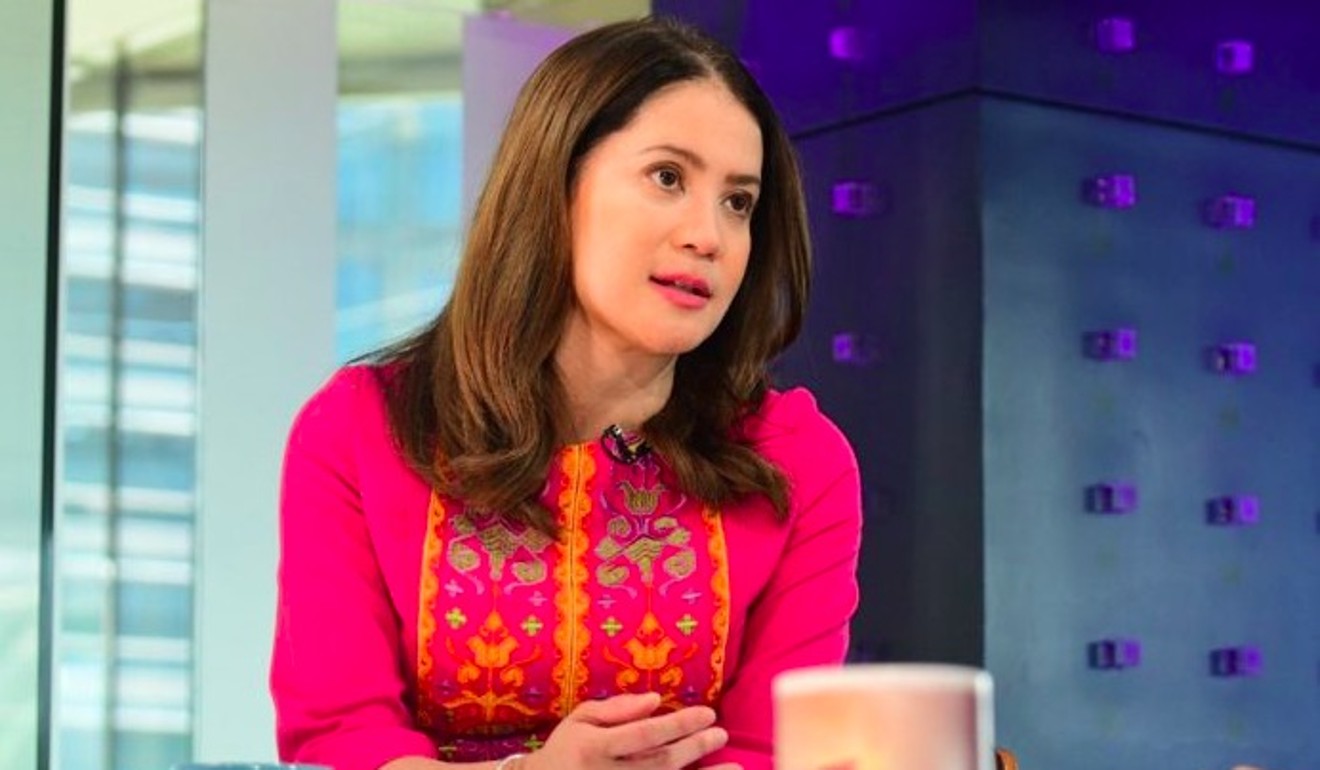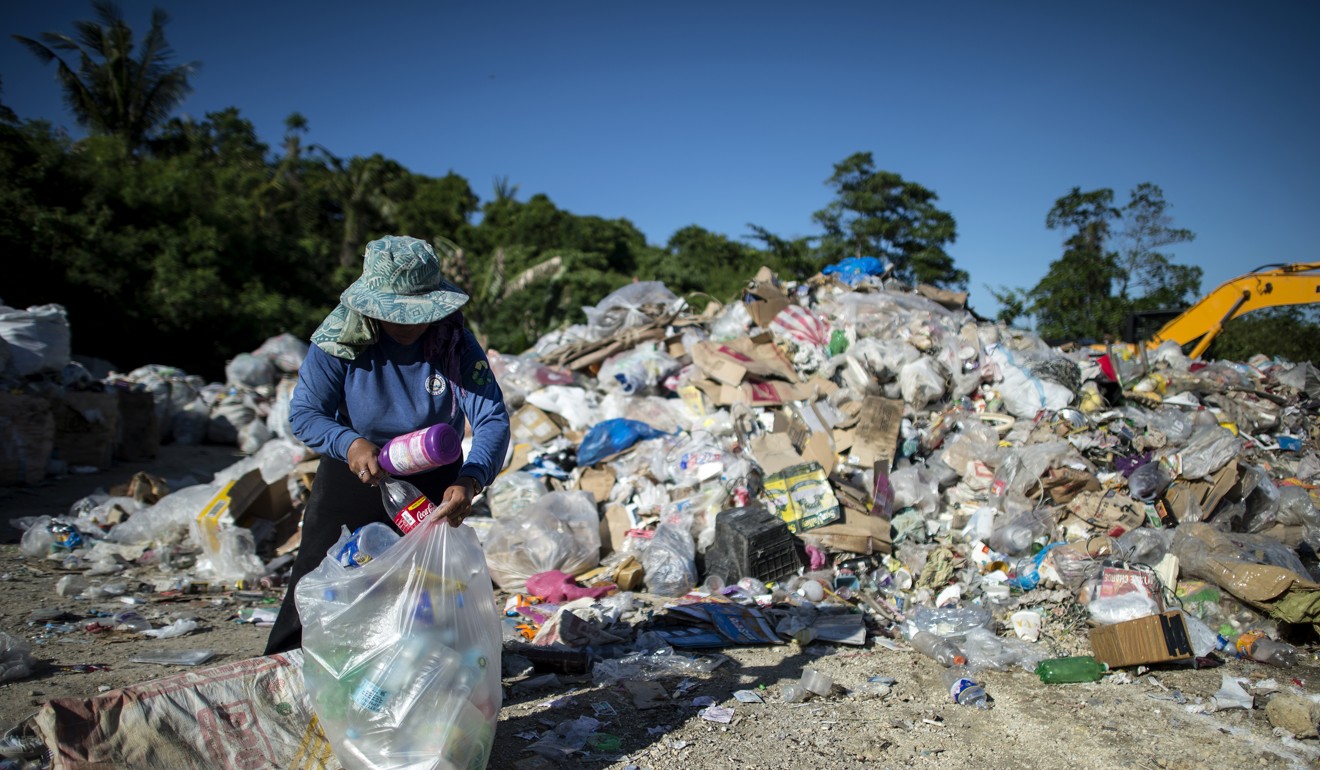
Philippines mulls visa-on-arrival for Chinese tourists as Boracay reopens
- The country has set a 10.8pc growth target for foreign visitors next year, and is considering visa-on-arrival services for Chinese nationals. Galaxy’s plan to build a resort-casino, however, is ‘not going to happen’

The Philippines is considering halving the time for Chinese tourists to get visas to five days, as it set a 10.8 per cent growth target for foreign visitors next year following the reopening of Boracay after a massive six-month clean-up.
But even as the island banks on tourism, tourism secretary Bernadette Romulo-Puyat made it clear Macau-based Galaxy Entertainment Group would not be allowed to build a casino on the island to woo visitors.
“No casino in Boracay. It’s not going to happen. It’s the final decision of the President [Rodrigo Duterte]. During his term, no gambling and casinos in Boracay. You can tell [casino operator Galaxy Entertainment Group] that I said so,” she said in an interview with the South China Morning Post on Friday.
On Galaxy’s planned resort-casino, Romulo-Puyat said she talked to Duterte two days ago about the Department of Justice’s advice to issue an executive order banning casinos on Boracay. She said she believed the president would do so.
Galaxy founder and chairman Lui Che-woo had met with Duterte earlier this year to discuss the casino.
The company previously said it would work with its local partner Leisure & Resorts World Corporation to communicate its vision and commitment to the president and the relevant authorities.

“We believe our envisioned project, which is (a) low density, eco-friendly resort positioned to attract high-value, high-spending visitors, with a small gaming facility as one of the amenities for the property, will be a good fit to the ‘new’ Boracay,” it said in a statement to the Post on Thursday night.
Galaxy is confident its project is “environmentally sustainable” and can enhance the island’s tourism industry, benefit the economy, and provide job opportunities.
In February, President Duterte visited Boracay and declared it was a “cesspool” that needed to be shut down for rehabilitation. The island was closed from April, triggering an outcry from local business owners and workers.
On Friday, Boracay sprang back to life as tourists from around the world poured into the island to marvel at the white-sand beaches and crystalline water. Locals said the number of tourists paled in comparison to the period before the closure, but they expected the number to go up gradually.
Repair works were still taking place in many parts of the island, however, making it difficult to get around.

Romulo-Puyat said the Philippines was on track to meet its target of 7.4 million foreign tourists this year, despite the closure of Boracay during the peak season. Next year, the authorities are targeting 8.2 million tourist arrivals, an increase of 10.8 per cent.
She said tourists from all over the world were important to the Philippines, citing her trip to Japan this year and her upcoming visit to South Korea as part of efforts to encourage travel to the country.
In the first seven months of this year, 937,000 South Koreans visited the Philippines, followed by 764,000 Chinese, 649,000 Americans, and 367,000 Japanese. Last year, 968,447 Chinese tourists travelled to the Philippines, a 43.3 per cent increase from 2016.
To sustain the growth, Romulo-Puyat said her department was in talks with the immigration department to see if the time required for Chinese tourists to obtain visas could be shortened from 10 days to just five.
The secretary also said the Philippine Chamber of Commerce & Industry had asked her department to allow visa-on-arrival services for Chinese businessmen.
“They are asking us, if they can vouch for the businessmen coming, can they get visas on arrival?” she said. “I told them to write to me and I can consider that. If they are Chinese investors, there’s really no point to be waiting for so long.”
At present, the service is allowed only for Chinese tourists arriving on packaged tours, but not for individual travellers.

“We are also encouraging hotels and resorts to have Alipay and WeChat. When I went to China, they didn’t pay with cash or credit card,” Romulo-Puyat said, referring to the popular e-payment services in mainland China.
Alipay is an e-payment service affiliated with Alibaba Group, which owns the Post.
While Boracay has reopened its doors, the island has changed. The authorities have imposed new rules allowing only 19,200 tourists on the island at any one time. This will be done by controlling the number of hotel rooms available.
At its peak, Boracay – which is only about 1,000 hectares in size – hosted 40,000 to 50,000 tourists. The sheer number of visitors saw piles of garbage strewn all over the island.
Among other rules, smoking and alcoholic beverages have been banned, as well as hawkers along the beachfront, and dining by the beach has been suspended.
Romulo-Puyat said these rules were “not new” and had been in existing guidelines or executive orders.
“All of them have a legal basis,” she said, adding that the rules should be applied to other Philippine destinations to ensure the sustainable tourism development of those places.
“It was so dirty six months ago, so full of people, the water was brown and dirty … I am amazed with the transformation of Boracay. Of course we are telling people to manage their expectations,” Romulo-Puyat said.
“We are the only country with a president who has the political will to close one of the top tourist destinations at the height of the tourist season. Please tell me if you know of any other presidents [who would have made the same decision]. They would have waited after the tourist season.”